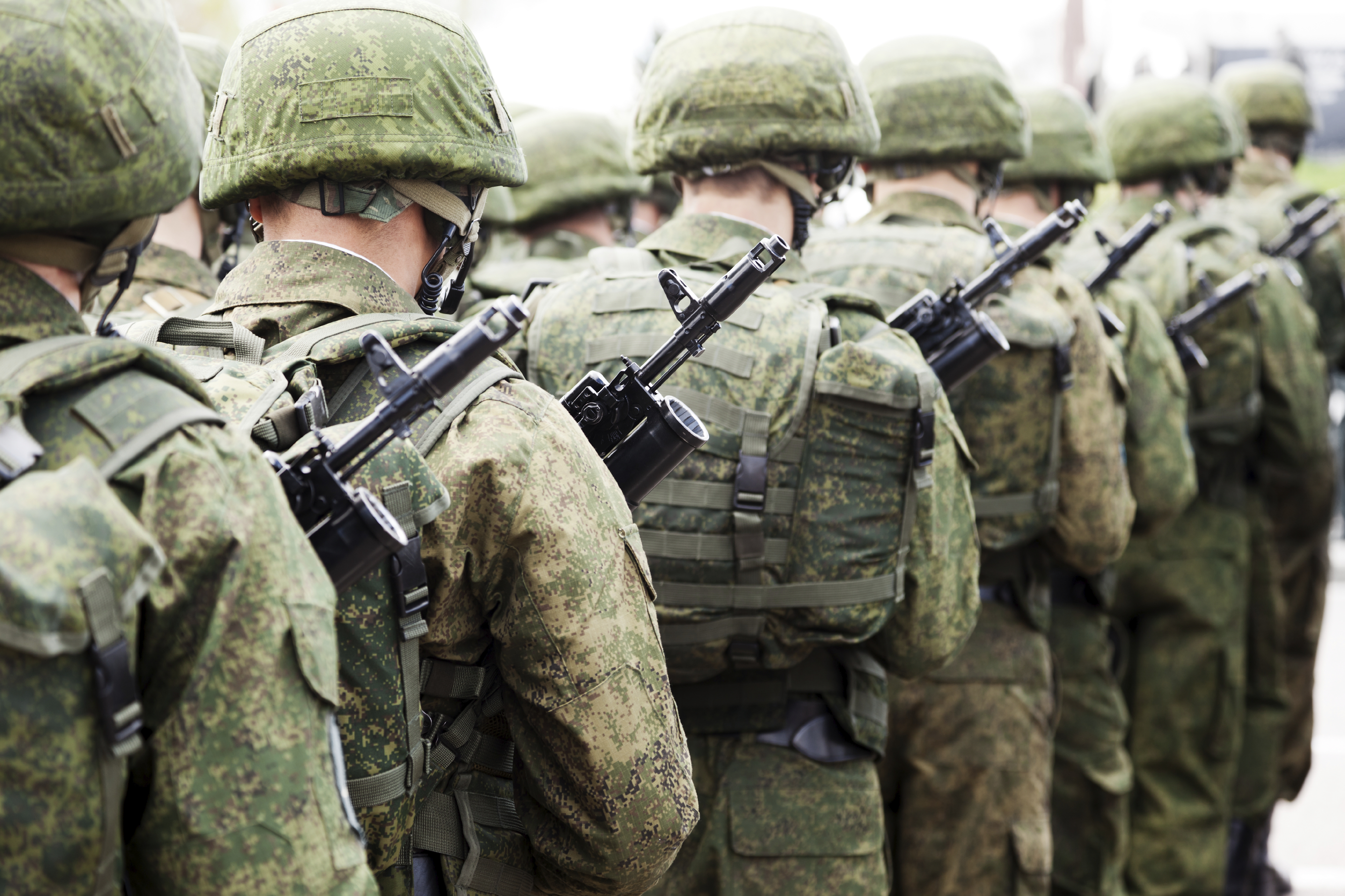Arming our troops: Texas A&M on front lines of Q fever vaccine

Last year’s Ebola outbreak, which ravaged West Africa and spread all the way to U.S. soil, drove home an important lesson: governments need to be able to quickly respond with vaccines that project against deadly infectious diseases. Unfortunately, there are many diseases for which vaccines have not yet been developed. Researchers at Texas A&M Health Science Center are working to change that for one such disease, Q fever.
Also known as Query fever, Q fever is an animal-borne bacterial infection that has affected hundreds of U.S. troops stationed in Iraq and Afghanistan, many the result of unintentional exposure to herd animal carriers or bacteria swept up by helicopter rotors.
Caused by the bacterium, Coxiella burnetii, Q fever is extremely hardy, resistant to many common disinfectants and highly infectious – inhalation of a single bacterium is sufficient to infect a person. The potent bacteria is also considered a Select Agent by the Centers for Disease Control and Prevention, meaning it can be readily weaponized, transmitted by aerosol and cause significant morbidity.
Armed with $4.8 million in funding from the Pentagon’s Defense Threat Reduction Agency (DTRA), James Samuel, Ph.D., chair of the Department of Microbial Pathogenesis and Immunology at the Texas A&M College of Medicine and holder of the Woffard Cain Endowed Chair in Infectious Disease, is working to make a licensed vaccine for Q fever a reality.
“Most people have never heard of Q fever, but it is actually quite common,” Samuel said. “The diagnostic gap occurs because the disease presents with flu-like symptoms, so most people just think they just have the flu. But Q fever flu-like symptoms can range from asymptomatic to severely debilitating.”
In fact, with such a range of symptoms – fever, fatigue and muscle pains (to name a few) – Q fever is often under-diagnosed. While the disease occurs worldwide with acute and chronic manifestations, mortality from Q fever is unlikely.
“A large scale, seasonal Q fever outbreak occurred between 2008 and 2012 in the Netherlands, infecting thousands and resulting in several deaths,” Samuel added. “Efforts to mitigate these epidemics included culling of thousands of goats, which are intensively farmed in Holland and appeared to be the principle source of contamination.”
The most effective mode of treatment for acute cases relies on doxycycline, an antibiotic.
“While there is a vaccine licensed for use in Australia, the combination of biodefense and public health implications associated with Q fever warrant the development of a safer, more effective vaccine in the U.S. for the disease,” Samuel said. “Vaccine safety is a primary concern for U.S. licensure because previously sensitized vaccinees develop serious local and systemic reactions to the current cellular vaccine.”
In collaboration with researchers from the University of Missouri College of Veterinary Medicine, Tulane Primate Research Institute, and INCELL, Samuel is currently identifying vaccine candidates and formulations in year two of a five-year contract with DTRA. Samuel hopes that within the next few years, the team will have a vaccine ready for human clinical trials.
“An effective and safe Q fever vaccine would safeguard both military in foreign deployment and at risk workers in the U.S., especially those in the cattle, sheep and goat industry,” he said.
Media contact: media@tamu.edu


